

We’re almost done with the first month of the new year — how have you been doing with your goals? How about your energy? February is rolling in right now. Don’t let your New Year enthusiasm that drives those intentions fade. This dip in motivation is normal, but for business, it’s a problem: how do you keep that early energy going all year?
Keeping the momentum of the new year requires more than setting goals; it demands deliberate strategies to keep teams engaged, inspired, and connected. Here’s how to keep your workplace sparkly long after the “new year, new you” energy has withered away.
Start February with Meaningful Team-building
The enthusiasm of January comes from a sense of new purpose. To keep that going, focus on building within your team. Collaborative activities can re-ignite the excitement of working together, especially when routines start to feel stale.
Team building doesn’t have to be big to be effective. A team lunch, a group outing, or even a casual office game day can boost morale and create opportunities for real connections. For remote teams, virtual activities like online trivia games or collaborative challenges make everyone feel included no matter where they are.
It’s consistency. Scheduled moments of connection, whether monthly or quarterly, remind employees that their work matters and that they’re part of a supportive and engaged team.
Key Takeaway: Shared team-building experiences boost morale and create connections that sustain motivation beyond January.
Grow Through Learning Opportunities
Stagnation is one of the biggest blockers to sustained motivation. Employees who feel they’re growing (personally and professionally) are likely to remain energized and engaged in their role, and the company’s concerns. Creating a culture of continuous learning can keep your team excited about their roles and the company’s future.
Learning days where employees step away from their usual tasks to attend workshops or hear from guest speakers provide a structured way to focus on growth. Online courses and certification programs are also great resources for upskilling.
Managers can encourage individual development by discussing goals during one-on-one meetings and offering stretch assignments that challenge team members to leave their comfort zones.
Investing in employee growth benefits the business long-term and tells employees their success matters.
Key Takeaway: Encouraging personal and professional development keeps employees engaged, inspired, and excited about their roles.
Be Over-urgent vs Under-urgent
Regarding staying motivated in the new year, leaning into overurgency is more effective than getting caught up in underurgency. Overurgency is about setting the pace early, covering all bases, and keeping momentum going. It can feel a bit overwhelming at times, but being over-prepared is rarely a bad thing (especially in January) when the year is full of possibilities.
Under-urgency leads to missed opportunities. Without a sense of urgency or importance, goals get pushed into the background, and teams feel unmotivated and unprepared when challenges arise. The new year is the perfect time to aim high and tackle priorities head-on, even if it means leaning into some extra urgency.
While we must avoid burnout, a little over-urgency in January sets us up for a productive and fulfilling year. It’s much easier to adjust and slow down later than to scramble to catch up after an underprepared start.
Key Takeaway: It’s better to exhaust more resources to be over-prepared than not delegate enough preparation toward something and risk it falling apart later.
Celebrate Milestones and Acknowledge Contributions
Recognition is a powerful motivator. When employees feel valued, they’re more likely to stay engaged and productive. Celebrating individual and team milestones can keep that January energy going.
Acknowledging achievements doesn’t have to be significant. A quick mention in a team meeting or a personal note of thanks can make a big impact. Bigger milestones like project completions or anniversaries offer opportunities for more formal celebrations like team lunches or award ceremonies. You can use tools like Calendar, Google Calendar, or Microsoft Calendar to schedule these moments so no achievement goes unrecognized.
Recognition culture reminds employees that their work directly contributes to the business’s success.
Key Takeaway: Recognizing achievements (big and small) reminds employees that their efforts matter. This will, in turn, keep them motivated for the future and help them realize that they are noticed for what they do.
Maintain Open and Transparent Communication
Clean communication is key to keeping energy and focus. Employees love working in environments where they feel informed and aligned with the business goals. Lack of communication can lead to disengagement.
Regular updates through team meetings or newsletters keep employees connected to the bigger picture. Weekly or biweekly one-on-ones allow managers to address issues, recognize progress, and clarify expectations. For larger teams, town hall meetings provide a platform to share updates and create a sense of inclusion.
Transparency breeds trust, and trust creates an environment where employees feel motivated to give their best.
Key Takeaway: Clear, consistent communication keeps employees aligned with organizational goals and fosters a sense of trust and engagement.
Establish Daily Positive Habits
You don’t need big gestures to sustain motivation; sometimes, small changes to daily routines can make all the difference. Introducing positive habits can help employees feel more engaged and less bogged down by the daily grind.
Start meetings with a quick positive moment, such as a success story, a motivational quote, or an expression of gratitude.
The physical workspace plays a role, too. Livening up the office with plants or updating the decor to match the seasons can create a more welcoming environment. For remote teams, encouraging personal home office setups can similarly promote comfort and productivity.
These small but significant efforts create a work environment where employees feel motivated and valued.
Key Takeaway: Small, intentional changes in daily routines can uplift the work environment and help employees stay energized.
Break Goals Into Smaller Milestones
January starts with big goals, but you want the energy for February and beyond. Those goals can feel overwhelming if not managed properly. Break down significant objectives into smaller, actionable steps to stay focused and motivated. These milestones give employees clear targets and a sense of progress.
Visualizing progress makes goals feel more real. A shared dashboard or calendar that shows completed milestones will reinforce the sense of achievement and keep the team on track for what’s next.
Celebrating these smaller wins is just as important as the bigger goals. Recognizing progress along the way helps employees feel their work is making a difference and boosts their confidence and motivation to keep going.
Key Takeaway: Dividing large goals into smaller, actionable steps makes progress more achievable and helps maintain focus and momentum.
Solicit Employee Input and Ownership
Motivation grows when employees feel heard and their work matters. Give team members opportunities to provide feedback or take ownership of projects; they’ll feel like they are part of the team and its purpose.
You don’t need a formal process to gather feedback. Regular catch-ups, surveys, or open forums can provide valuable insights into what’s working and what’s not. Acting on that feedback shows leadership values employee opinion.
Team-led initiatives are another effective way to motivate progress in the new year. Whether it’s planning an event, leading a workshop, or brainstorming new ideas, allow employees to take the lead, and they’ll feel proud of their work and more connected to the business’s success.
Key Takeaway: Inviting feedback and giving employees opportunities to lead will give them agency and involvement in the company’s future.
Make Motivation A Year-Round Priority
As the video above shows, your new year energy doesn’t have to be a flash in the pan. To sustain that enthusiasm throughout the year, you must commit to growth, connection, and recognition within your team. Intentional actions—celebrating milestones, offering learning opportunities, or simply creating space for positive interactions—can help keep the momentum going in January.
Using a tool like Calendar makes it easier to schedule these initiatives, so motivation becomes a priority, not an afterthought. When employees feel supported, appreciated, and engaged, the new year’s spark turns into lasting energy that drives success all year round. For more ideas and resources on team productivity, visit Calendar’s Blog.
Featured Image Credit: Photo by Pixabay’ Pexels


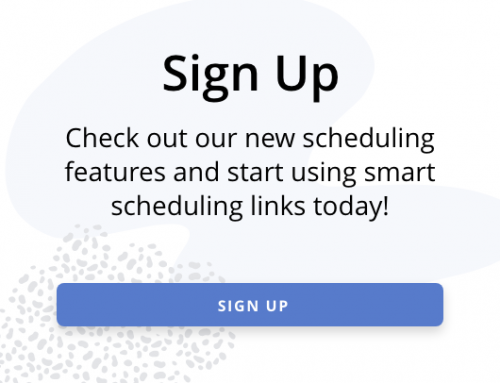


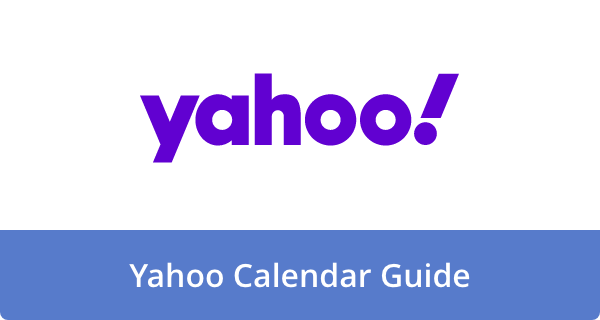
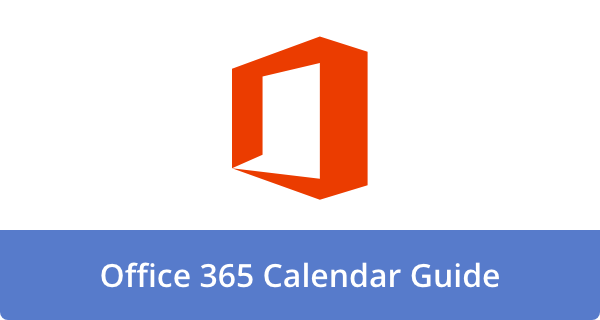
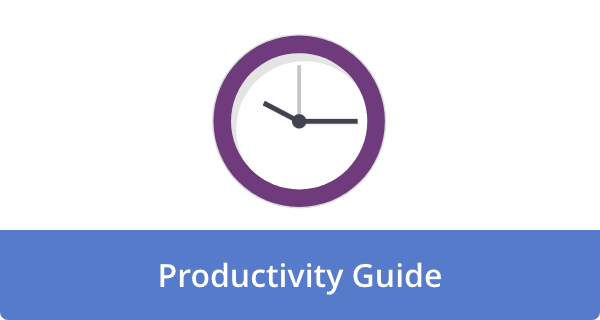

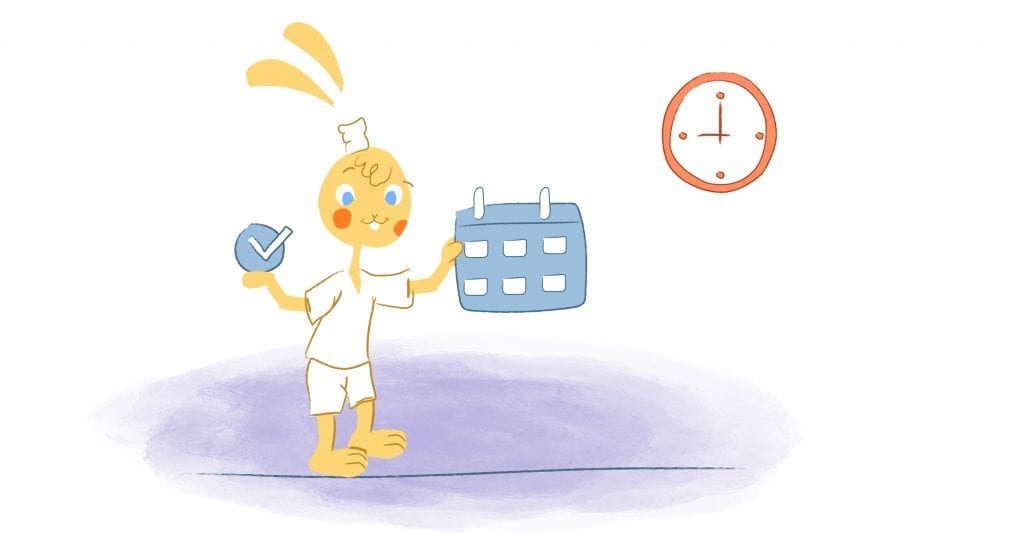

Angela Ruth
My name is Angela Ruth. I aim to help you learn how Calendar can help you manage your time, boost your productivity, and spend your days working on things that matter, both personally and professionally. Here's to improving all your calendars and becoming the person you are destined to become!